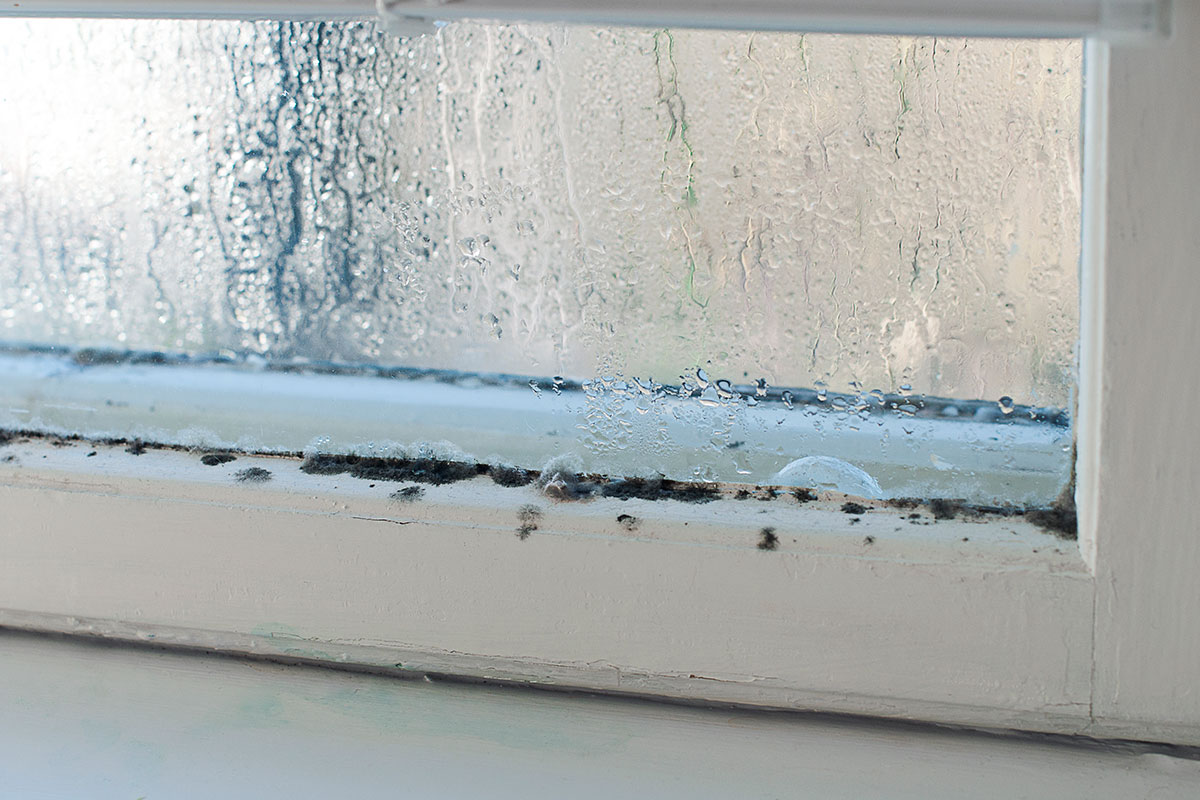You are viewing 1 of your 1 free articles
Damp surveys by London council up 168% in two years
The number of damp surveys a London council is carrying out has increased by 168% in two years.
A report by Islington Council revealed the number of surveys it carried out in November 2023 was 600, an increase on the 224 it completed in November 2021.
It comes after several councils reported seeing reports of damp and mould double and triple, particularly following the inquest into the death of Awaab Ishak in November 2022.
The two-year-old died from prolonged exposure to mould in a Rochdale Boroughwide Housing (RBH) flat.
Inside Housing previously reported that several councils have created damp and mould action plans, as well as teams and taskforces, to deal with the problem.
The Housing Ombudsman launched a special investigation into Islington Council in December 2022 over its poor handling of damp and mould reports and resulting complaints.
In October 2023, a report on the probe revealed that the ombudsman ordered the council to pay £66,000 in compensation to residents after it found poor record-keeping, a “consistent failure to communicate” and a “disjointed” approach to complaints.
“There is a tendency towards a lack of clear ownership, which contributes to problems drifting and persisting,” the watchdog said.
The report comes a year after the council established a damp, condensation and mould programme.
According to the document, the number of damp surveys over the past three years “shows a steep increase in demand”, which put “additional pressure on council services, resources and on the individuals and families living in homes with these conditions”.
The number of damp surveys Islington carried more than doubled from October 2021 to October 2023, from 225 to 452. Surveys went from 224 in November 2021 to 600 in November 2023.
In response, the council has doubled the number of surveyors from four to eight and has procured additional contractors to support the treatment works.
“The online reporting form is in the process of being updated so that residents are empowered to provide more information when reporting damp and mould and officers can assess and triage quickly and more accurately,” the report said.
The council has revised its repairs policy to include damp, condensation and mould.
Islington said it has an “enhanced and clarified damp and mould process that ensures all completed damp and mould work is subjected to a formal review to establish how successful the intervention has been”.
The council has also been carrying out a tenancy and property visits pilot, involving hundreds of home visits, which it said was “hugely beneficial” in identifying damp and mould, their root causes and other repairs issues that could lead to the disrepair.
Ahead of winter, Islington launched a programme of proactively testing the performance of boilers and communal heating.
It has started to install remote monitoring devices that help identify the increase in humidity in a property so that the repairs team can proactively prevent damp, condensation and mould in homes.
Other actions the council is taking include an extensive training programme on damp and mould and working with University College London in conducting a net zero and damp and mould research study.
Una O’Halloran, executive member for homes and communities at Islington Council, said: “We are committed to ensuring that everyone in Islington has a safe, decent and genuinely affordable place to call home.
“Our tenants and leaseholders deserve a high-quality service, and we’re deeply sorry that we haven’t always delivered this in the past.
“We’ve already been working to put things right and have committed to making significant improvements.”
She said part of this involves encouraging residents to report damp and mould so the council can address “every case”.
The council has written to every resident who reported damp and mould in the past three years, as well as set up a damp helpline and conducted drop-in sessions for residents, she added.
Ms O’Halloran said: “We have also trained council staff and partner organisations to spot and report damp, meaning that we are helping residents who may not have realised that there was an issue we could assist them with.
“The increase in surveys reflects the impact of these measures, and the fact that there is a growing awareness among residents of damp and mould issues.
“We have also increased our reactive resource to tackle damp and mould, adding additional surveyors and operatives, who are trained to recognise, report and prevent damp and mould.
“We have a number of investment programs underway to improve estates with high percentages of damp and mould reports improving insulation, heating and ventilation.
“All damp cases are reviewed, and difficult cases are monitored weekly by a senior manager.
“We are committed to making these improvements in an extremely challenging environment.”
In May, Hackney Council reported that the number of reports of damp and mould it receives had tripled in a year.
The month before, Southwark Council revealed it had experienced a 200% increase in demand for repairs between November 2022 and April 2023.
Sign up for our asset management newsletter
Already have an account? Click here to manage your newsletters












